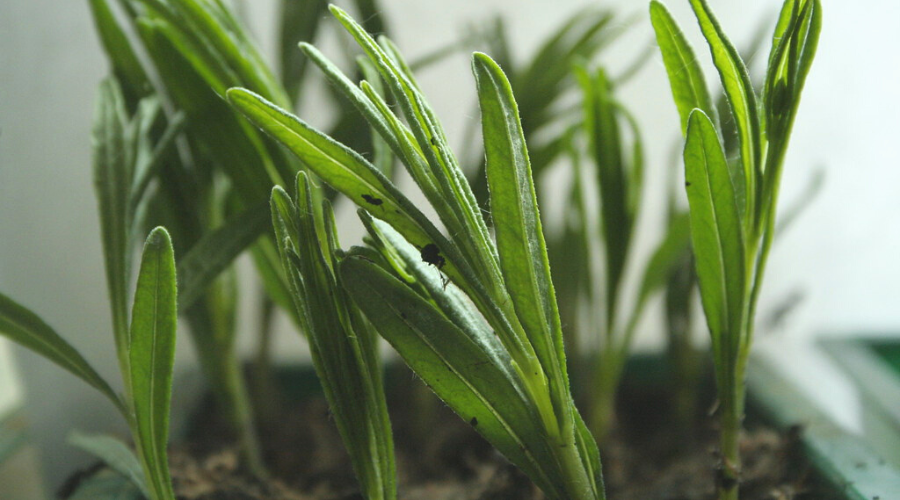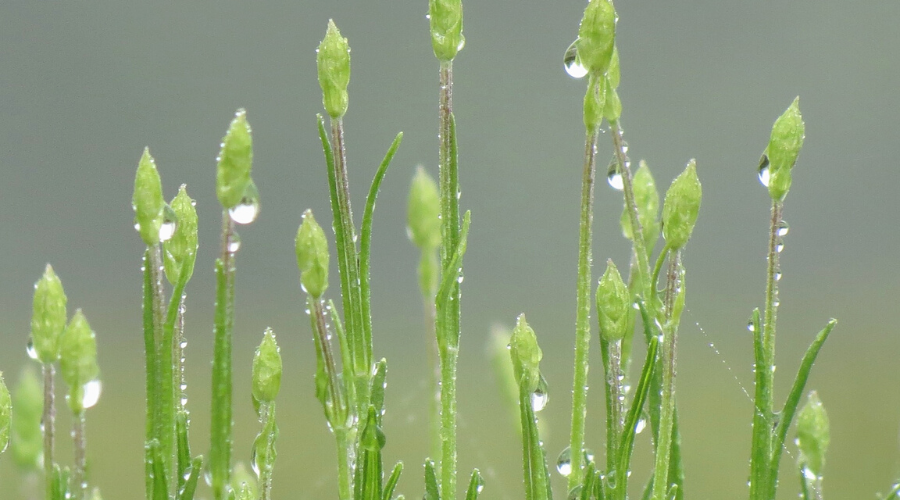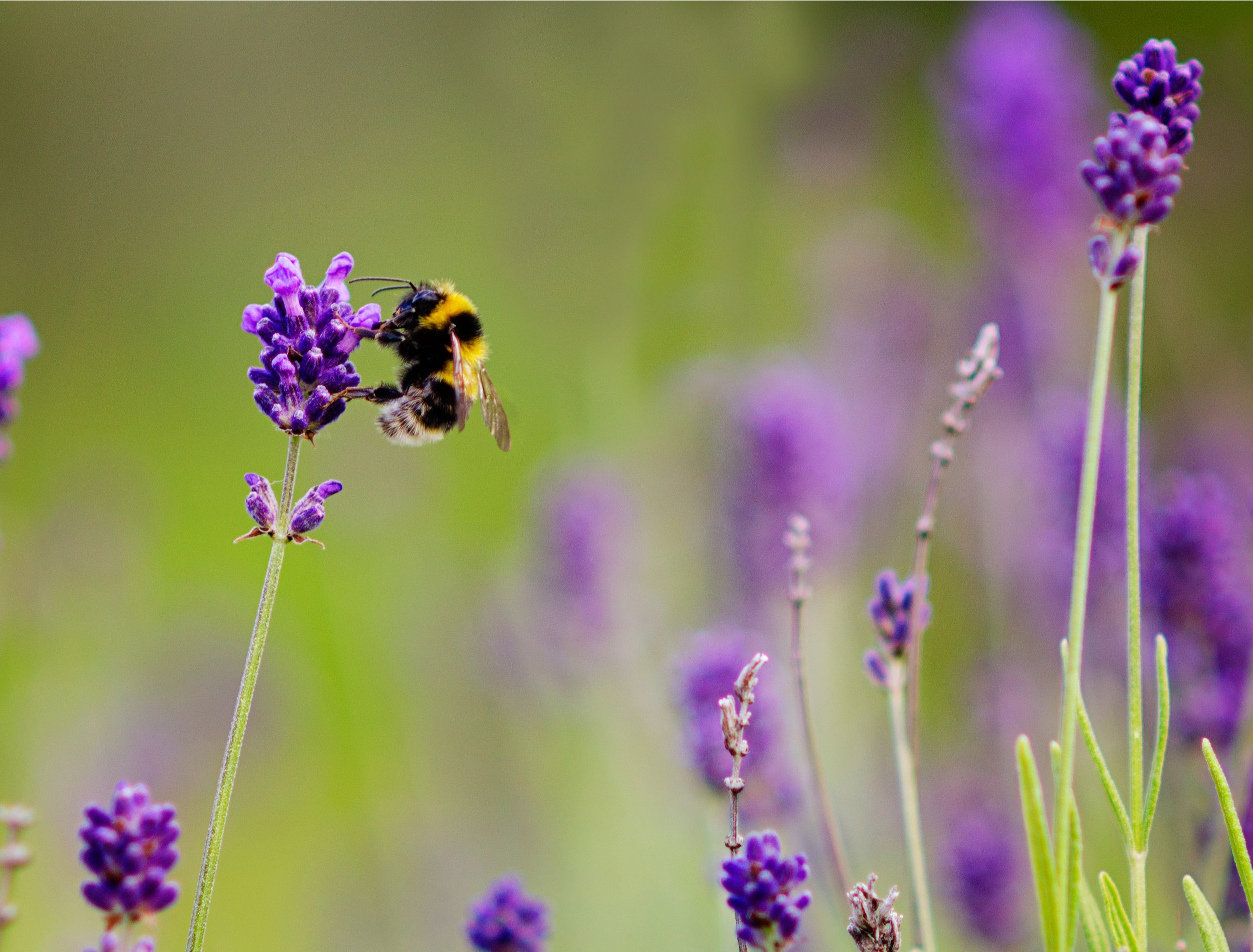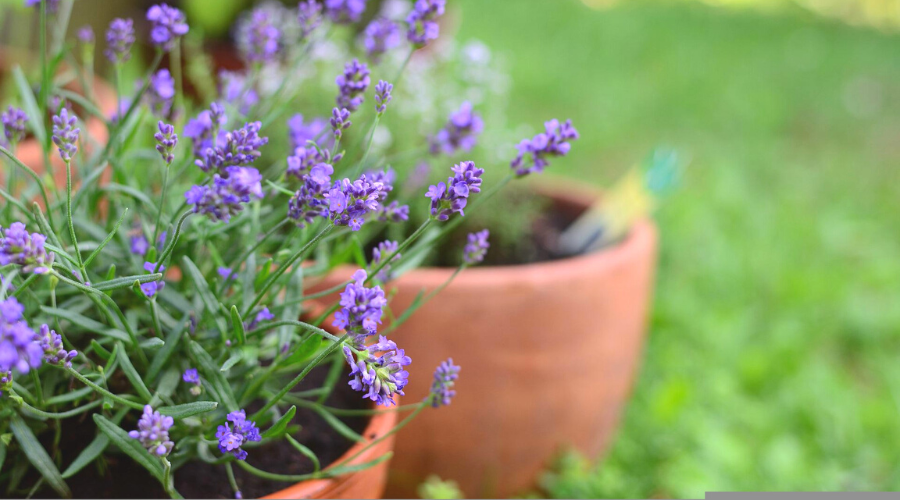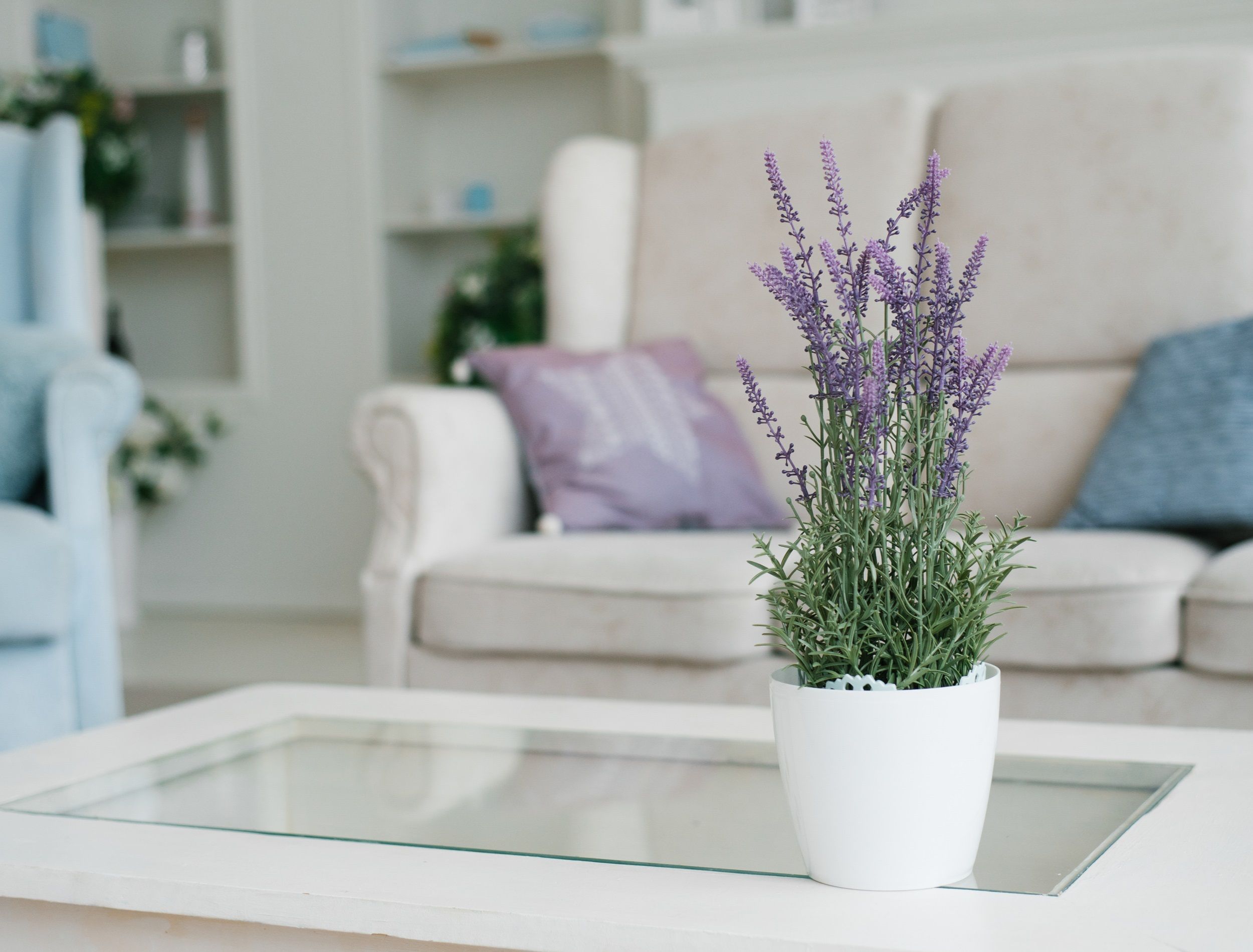Lavender (Lavandula) is a luscious, vibrant, purple flower commonly used in gardens, candles, and essential oils. But, did you know it's a member of the mint family? Native to the Canary Islands and areas surrounding the Mediterranean, the plant is popular all around the world. When European settlers brought the plant to America, it quickly spread, becoming a favored plant by all.
Lavender plants grow best in zones 5 to 8 but, as this plant is in high demand, there are some tricks to get these beautiful flowers in all climates. They love warm, dry environments although, that doesn't mean you have to miss out on their allure if you live outside of these zones. With the right variety, growing conditions, and care, you can grow lavender in any climate.
CHOOSE A VARIETY HARDY FOR YOUR REGION
Image credits: pixel2013 from Pixabay via Canva
While most people are familiar with English lavender (Lavandula angustifolia), there are about 45 species and 450 varieties of this beloved flowering perennial. So, chances are it won’t be difficult to find a hardy variety for your region.
Some varieties, like lavandins (Lavandula X Intermedia), tend to grow more vigorously and can do well in zones 4, 9, and 10. English lavender (also called True or Common Lavender) can survive freezing temperatures when properly prepped for winter. If you live in a humid area, choose a variety such as French (Lavandula dentata) or Spanish (Lavandual stoechas) lavender.
If you are growing lavender for its essential oil, be aware that some varieties produce more oil than others. Also, aromatherapy purists prefer angustifolia for their oil rather than lavandins as it contains less camphor.
GROW LAVENDER FROM SEEDLINGS INSTEAD OF SEEDS
Image credit: issyeyre via Openverse
If you are up for more of a challenge, grow lavender from seeds. Otherwise, start with seedlings or cuttings. Lavender seeds take a long time to germinate and plants grown from them might not flower in the first year.
Typically, lavender can grow up to three feet tall and four feet wide. Good air circulation in any climate is a must for them. Plant seedlings or cuttings 18 to 24 inches apart to provide them room to grow.
Pro Tip: If you decide to start with seeds, chill them in the fridge first and sow them indoors six to eight weeks before the last frost. You can also keep them in your freezer overnight if you are pressed for time. This helps the seeds retain moisture.
PLANT IT IN THE RIGHT SPOT AND SOIL
Image credit: Piyaset via Shutterstock
The best time to start planting lavender is in the spring after the first frost. Ideally, it needs at least six to eight hours of full sun daily. However, if your garden is covered by partial shade, you can still grow lavender. Plant a variety that grows well in shady spots, such as Spanish or French Lace.
Next, give your plants the soil it needs. Lavender thrives in well-drained soil with a slightly alkaline pH of 6.7 to 7.3. If you are starting with seedlings or cuttings, sandy soil is best to assist with proper drainage.
As the plants grow, transplant them to a more gravelly, dry soil. If you have a slope in your garden be sure not to plant your lavender at the bottom as excess rainfall and run-off can collect. Adding chalk soil to your mix will also help this problem.
WATER LAVENDER WISELY
Image credit: ZenPaquerette via Pixabay
No matter what climate you live in, it’s important to make sure lavender plants are not overwatered. In fact, once established, it’s better for them to be underwatered.
Water transplanted lavender every other day in the first week to prevent transplant shock. After that, water two or three times a week for the first month. Once plants are established, water them once every other week. It’s best to water lavender plants deeply to help establish strong root growth.
If your lavender is yellowing, it's a clear indication that you are giving them too much water. As a rule of thumb, stick your fingers deep into the soil. If it’s dry, it’s time to quench the plants’ thirst. However, remember to factor rainfall into your watering routine and adjust accordingly.
PROTECT FROM PESTS AND DISEASE
Image credit: Becky Wass via Shutterstock
Lavender is quite effective at repelling insects such as mosquitoes, moths, and fleas. But that does not mean it’s immune to other pests and diseases. It’s a treat for bees, garden spittlebugs, whiteflies, aphids, and Septoria leaf spot. It’s also vulnerable to Lavender Shab disease, a fungus that kills its stems.
Make sure to monitor your lavender plants frequently while watching for signs of infection such as wilting, spots on leaves, stunted growth, rotting roots, and yellowing or discoloration. One of the best ways to protect lavender from fungus is to give them enough space to grow for better air circulation.
Ensure that you're not overwatering your plants or neglecting them. Avoid excessive nitrogen and test the soil to make sure it doesn’t become acidic. If you believe root rot is the problem, transfer your plant to a better well-draining pot.
Pro Tip: The oils of your lavender plant can make an all-natural insecticide. Begin by mixing equal parts distilled water and witch hazel. Then add in your essential oils and spray away! This is safe to use indoors and outdoors and will leave behind a delightful scent.
GROW LAVENDER IN POTS
Image credit: congerdesign via Pixabay
A tried-and-true way to grow lavender in any climate is to house them in pots. They will still grow and bloom beautifully in their containers indoors all year long. If you live in a wintry region, bring them indoors before the first frost.
French lavender is a favorite for growing indoors. Also, shorter varieties such as Compacta, Thumbelina Leigh, Little Lady, and Dwarf Munstead are well-suited to containers. Even if you choose to pot these plants, start with seedlings or cuttings instead of seeds.
Use a container with drainage holes twice the size of its root ball. As the plant grows, transfer it to a larger pot. A breathable container such as clay will help water to evaporate. Place small rocks at the bottom of the pot. Potting soil should be well-draining, sandy, lightweight, and dry. It should also have a neutral or slightly alkaline pH.
CHOOSE THE BEST INDOOR SPOT
Image credit: Chamomile_Olya via Shutterstock
You can grow lavender indoors year-round. Because it does best in full sun, place your pots in a window or glass door with full sun. If you have a south-facing location, that’s even better. These plants can also do well in four-season sunrooms that do not get too cold or drafty in winter.
If your indoor conditions lack natural light, consider using artificial lights to make up the shortfall. Both LED and fluorescent lights will work. Place them between six and 12 inches away from the plants.
For the coziest indoor environment for your potted lavender, make sure temperatures do not fall below 45 degrees Fahrenheit at night or reach higher than 65 degrees during the day. Keep them away from draft, air vents, and direct heat sources, such as radiators or fans. If inside becomes too humid, open windows and doors or turn on a dehumidifier.
ALL-YEAR LOVE AFFAIR
Lavender enthusiasts love to grow this plant all year long. When you grow it both outdoors and indoors you get the best of both worlds. But if you feel you can only provide an indoor home for it because of the climate where you live, you are not missing out. You can still admire its beauty and create those enticing DIY lavender bouquets, aromatherapy candles, sachets, soaps, and bath bombs.
Are you already growing lavender? Share your favorite ways to use it at home in the comments below.



